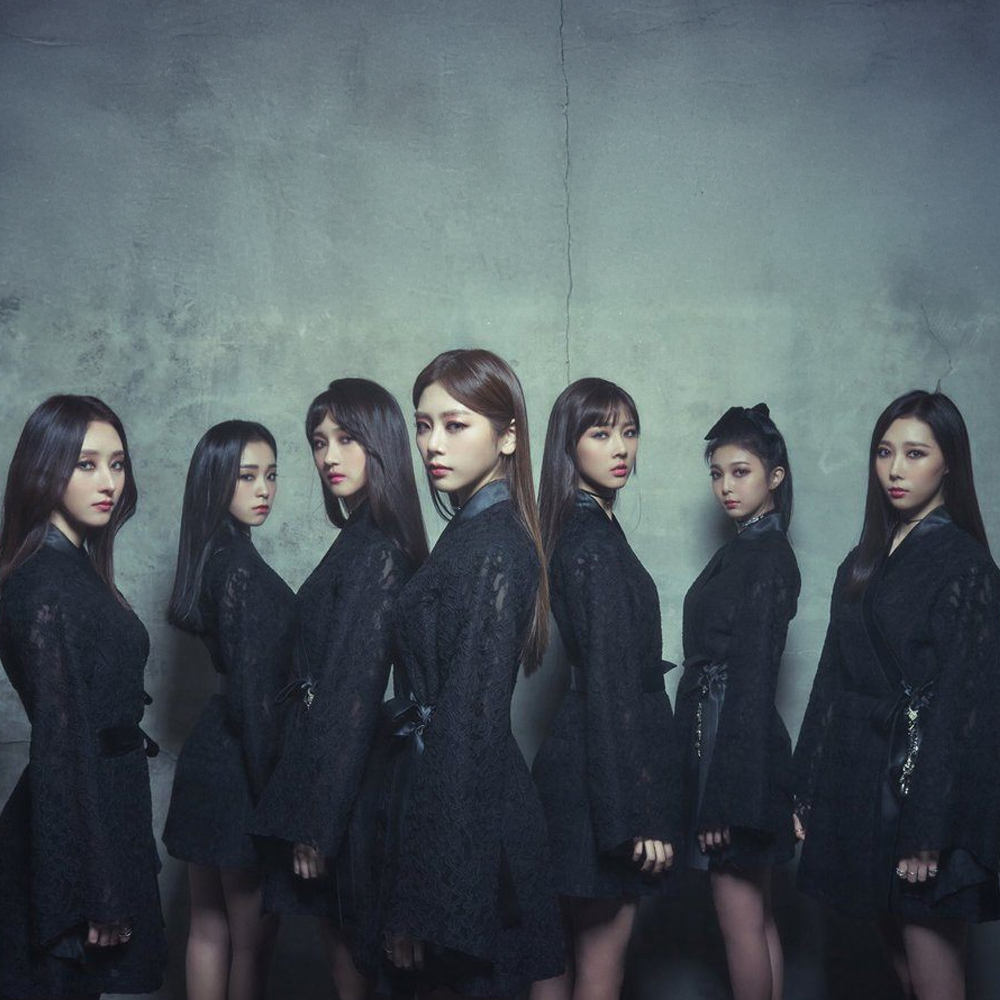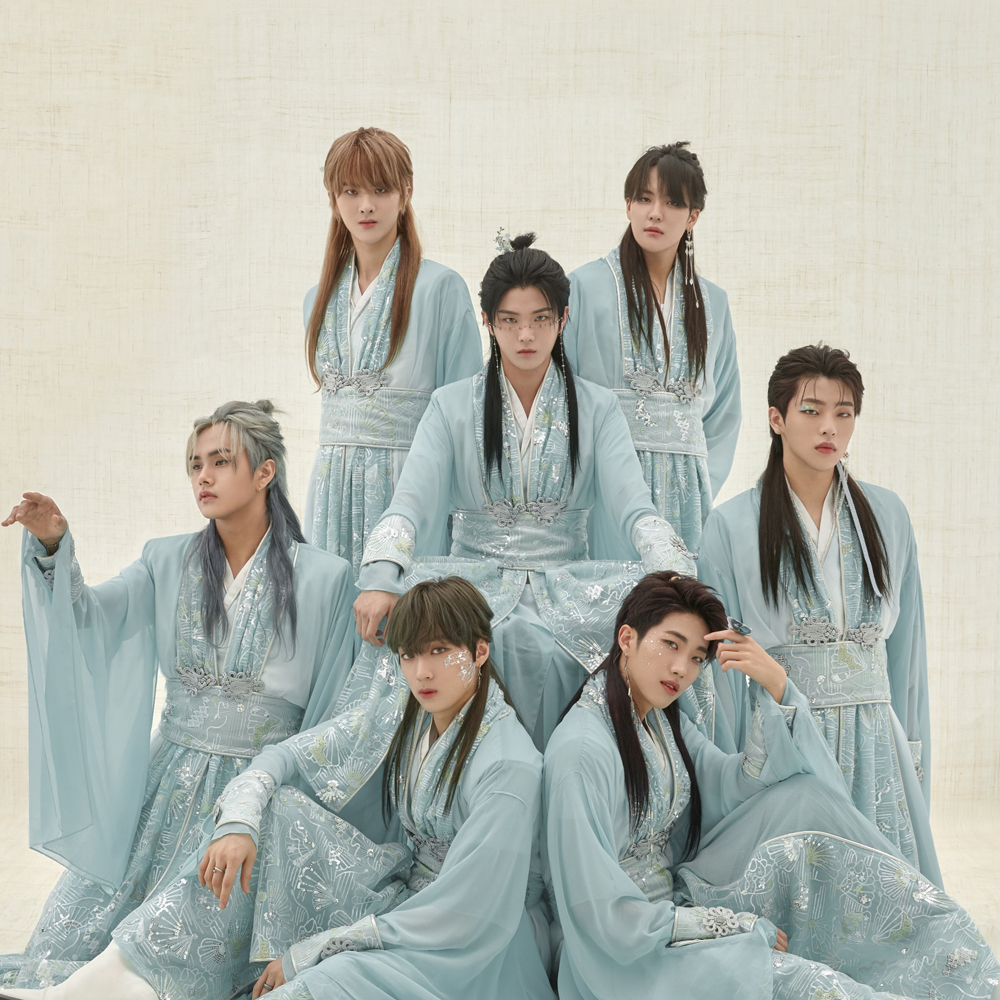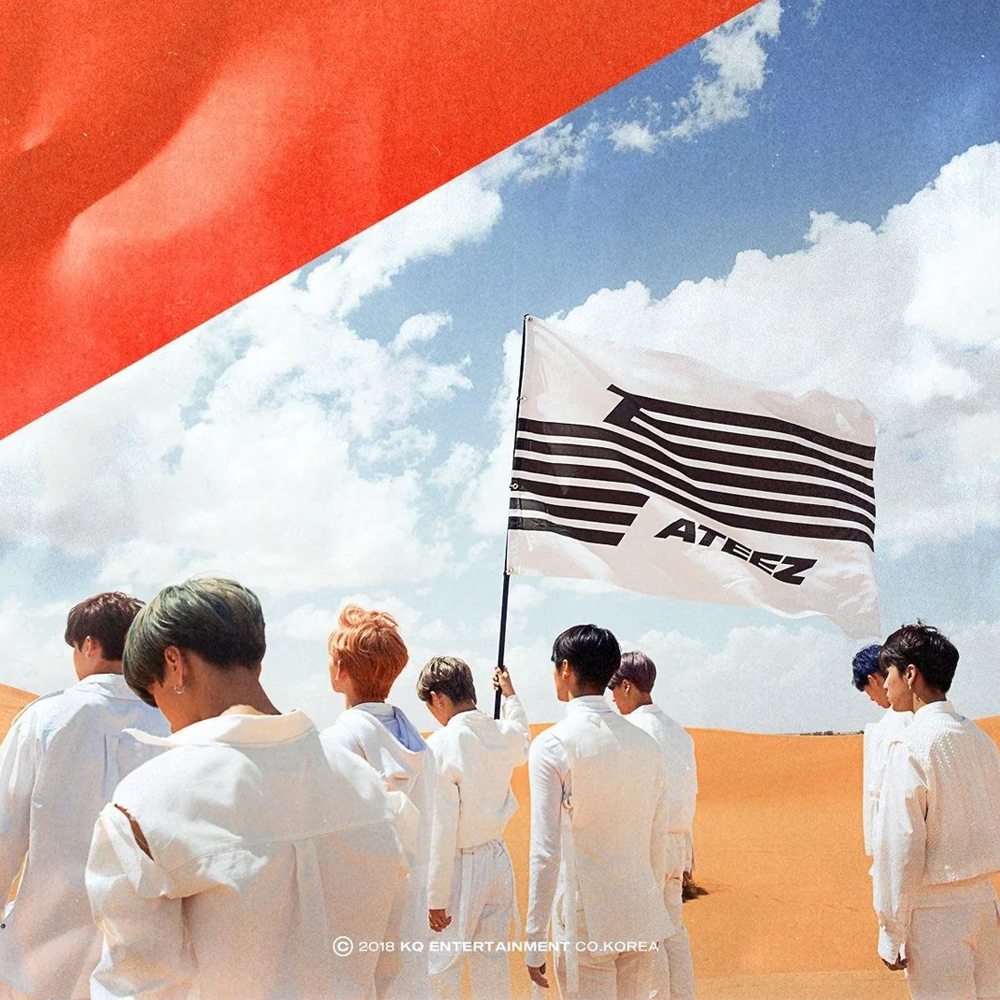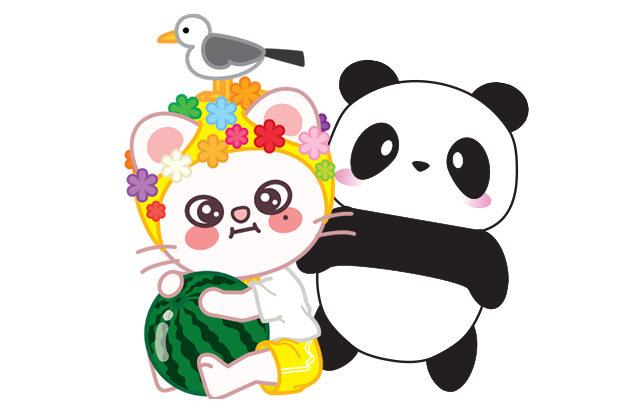What is K-POP?
The literal definition is simple: Korean pop music (Korean Popular Music). But what defines K-Pop? What were its beginnings, and how has K-Pop evolved into what we know today? What has made K-Pop so popular worldwide?
These and many more questions occupy newcomers to K-Pop and, of course, those who have never engaged with the topic before.
History
Highlight
The first steps of K-Pop are said to have been taken around 1930, when Korea was still under Japanese occupation.
Early beginnings
K-Pop is said to have taken its first steps around 1930, when Korea was still under Japanese occupation. At that time, Koreans were prohibited from expressing themselves artistically and creatively. In the 1950s, American troops in Korea began hosting small concerts to introduce Western culture to the locals.
Quickly, many groups formed in various genres inspired by Western and Japanese styles. However, it wasn't until 1992 that the first major success occurred with the debut of Seo Taiji and Boys. With their Western-influenced techno beats, rock, and rap elements, they captivated the entire continent.

Highlight
Especially bands like BigBang, which made their debut in 2006, brought K-Pop to the forefront in the Western world.
First Successes in America and Europe
In the 2000s, the K-Pop wave finally reached the West. Especially bands like BigBang, who debuted in 2006, brought K-Pop to the forefront in the Western world. Members Taeyang, G-Dragon, T.O.P, Seungri, and Daesung remain significant role models for many aspiring K-Pop idols, despite numerous scandals, and are among the most successful groups in the K-Pop industry. With awards like 'Best Male Singer' at the Nickelodeon Kids' Choice Awards in 2008 and 'Best Worldwide Act' at the MTV Europe Music Awards in 2011, BigBang became the first K-Pop band to achieve real success in the Western world, laying the groundwork for the current hype. Songs like 'Bang Bang Bang,' 'Fantastic Baby,' and 'Blue' are still absolute classics and belong on every K-Pop party playlist.
However, the success of girl groups was also undeniable. Bands like 2NE1 (debuted in 2009), Girls' Generation (debuted in 2007), and Wonder Girls (debuted in 2007) brought significant global success to the K-Pop industry. Songs like 'I’m the Best' by 2NE1 and 'Nobody' by the Wonder Girls quickly entered the global charts and continue to be earworms for many fans today.
Diversity
Highlight
To ensure there's something for every ear and eye, entertainment companies come up with a variety of concepts for their artists.

Many bands also repeatedly incorporate traditional influences into their outfits, music videos, and performances, such as the hanbok – the everyday dress worn by men and women from 1392 to 1897.

Their debut album, "Excalibur," featuring member Arthur, named after the British King Arthur, immediately captivated many K-pop fans with its mystical sounds and armor-like outfits. The kingdoms of China, Russia, Denmark, France, and the Mongol Empire are represented by the other members.

With their debut songs 'Pirate King' and 'Treasure,' the guys showed that no one could rock this concept quite like them. A thrilling storyline now runs from album to album, keeping their fans guessing what will happen next.
K-Pop today
Highlight
But what has made K-Pop so popular worldwide in recent years? The guys from "BTS" (Bangtan Boys) have certainly contributed a lot to this.
But RM, Jin, Suga, V, Jung Kook, J-Hope, and Jimin haven't had this success since the beginning of their careers. For the first two years, BTS had to compete against numerous and equally talented competitors until they achieved their big breakthrough in 2015. The song 'I NEED U' earned the band their first win at 'The Show.'
The boys' message: Learn to love yourself and others. This was well-received, and their collaboration with UNICEF, 'LOVE MYSELF,' was met with great support. Their social commitment brought them a lot of attention and thus struck a chord with many teens, who gained more self-confidence and courage. Their numerous advertising deals, such as with LG and Samsung, are also attracting a lot of attention from people who have never heard of K-pop before and are thus starting to explore it.
But one thing is clear: K-pop is a fast-paced and constantly changing industry, which in some respects is far ahead of the Western music industry. We are excited to see where it goes next.
Note
DAEBAK has great respect for all idols and the efforts of the trainees to become idols, even though the circumstances aren't always ideal. Idols and trainees sometimes have to complete their training and work under very strict and/or difficult conditions, but fortunately, many things have improved over time. We hope that the entertainment industry will continue to improve for everyone involved in the future.






